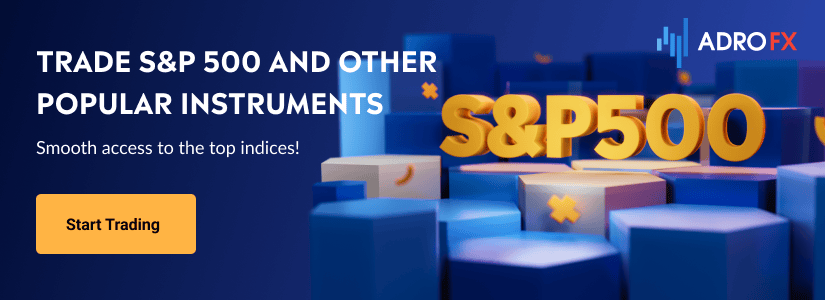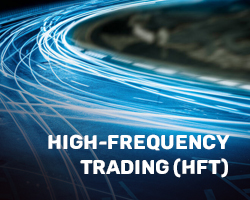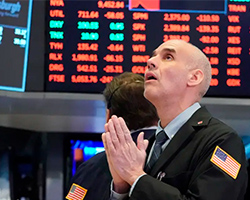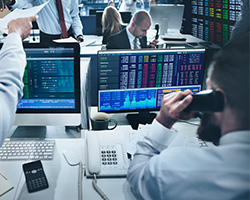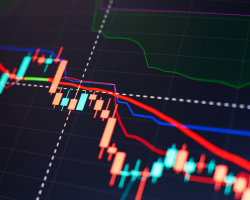Automated Forex Trading Explained: Advantages, Disadvantages, and Best Practices
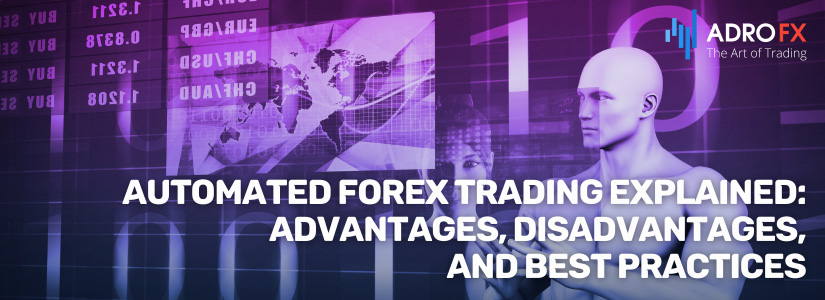
Automated forex robot trading has revolutionized the landscape of currency trading by introducing computerized systems designed to execute trades without continuous manual intervention. Referred to as forex robots, expert advisors (EAs), or algorithmic trading systems, these programs enable traders to implement predefined strategies efficiently. The key features include algorithmic trading strategies, market analysis using technical indicators, automated trade execution, risk management, backtesting, continuous operation, and the elimination of emotional biases associated with manual trading.
Automated Forex Robot Trading Definition
Automated forex robot trading refers to the use of computer programs or algorithms designed to execute and manage foreign exchange trades automatically on behalf of traders. These automated systems are commonly known as forex robots, expert advisors, or algorithmic trading systems. Traders utilize these programs to implement predefined trading strategies without requiring continuous manual intervention.
Key characteristics of automated forex robot trading include:
- Algorithmic Trading Strategies
Forex robots operate based on predefined algorithms and trading strategies. These strategies can be designed to analyze market conditions, identify trading opportunities, and execute trades according to specified criteria. - Market Analysis
Forex robots often incorporate various technical indicators, chart patterns, and mathematical algorithms to analyze market trends and make trading decisions. Some advanced systems may also consider fundamental factors. - Trade Execution
Once a trading signal is generated based on the predetermined criteria, the forex robot automatically executes buy or sell orders on the trader's behalf. This automation aims to eliminate the delays and emotional aspects associated with manual trading. - Risk Management
Many automated trading systems include risk management features to control the size of trades, set Stop Loss and Take Profit levels, and manage overall portfolio risk. - Backtesting
Before deployment, forex robots are often subjected to historical market data to assess their performance in various market conditions. This process, known as backtesting, helps traders evaluate the effectiveness of the algorithm. - Continuous Operation
Forex robots can operate 24/5, taking advantage of trading opportunities in different time zones, as they are not limited by human working hours. - Reduced Emotional Influence
Automated trading systems eliminate emotional biases from trading decisions, as they strictly adhere to predefined rules. This can help prevent impulsive and emotionally-driven trading.

The Advantages Of Automated Robot Trading
Automated robot trading in the financial markets, such as forex and other asset classes, provides traders with several advantages. Firstly, these systems operate efficiently, executing trades swiftly and responding to market conditions in real time without the need for manual order placement. Secondly, they operate 24/5, enabling traders to capitalize on market opportunities across various time zones and during non-traditional working hours.
Another key benefit is emotion-free trading. Automated systems strictly adhere to predefined rules, eliminating the emotional influences that can impact human traders, such as fear and greed. Consistency is also a notable advantage, as these systems follow established trading strategies without deviation.
Additionally, automated trading systems can be backtested using historical data to assess their performance under various market conditions. This allows for refinement and optimization before deploying strategies in live markets. Multi-market and multi-asset trading is facilitated, allowing traders to simultaneously analyze and trade different markets.
Moreover, automated systems offer faster reactions to market changes, promptly executing trades based on predefined criteria. Risk management features are often built into these systems, allowing for effective control of position sizes and overall portfolio risk.
The reduced likelihood of human error is another advantage, as automated trading minimizes errors caused by manual input, calculation mistakes, or lapses in judgment. Furthermore, traders can implement sophisticated strategies with complex algorithms, technical indicators, and machine learning techniques, which may be challenging to execute manually.
The Disadvantages Of Automated Robot Trading
Automated robot trading, despite its advantages, comes with certain disadvantages. Firstly, reliance on automated systems may lead to over-optimization, where strategies are fine-tuned excessively for historical data but may not perform as well in real-time markets. This can result in suboptimal decision-making when faced with unforeseen conditions.
Secondly, the lack of adaptability is a notable drawback. Automated systems operate based on predefined rules and algorithms, making them less adept at adapting to sudden changes or unprecedented events in the market. This inflexibility can lead to missed opportunities or unexpected losses.
Another disadvantage is the potential for technical issues. Automated trading systems are susceptible to glitches, system failures, or connectivity problems, which can disrupt trade execution and potentially lead to financial losses.
Additionally, the absence of emotional intuition can be a drawback. Automated systems lack the ability to interpret market sentiment or assess news events with the same nuanced understanding as human traders. This limitation may result in less effective decision-making in certain market conditions.
The risk of system bias is also a concern. If not properly designed or regularly updated, automated trading algorithms can develop biases that may not align with evolving market dynamics. This can lead to inaccurate predictions and undesirable outcomes.
Furthermore, there is a learning curve associated with developing and maintaining effective automated trading systems. Traders need to possess programming skills and a deep understanding of market dynamics to create robust algorithms. This may pose a barrier for those without technical expertise.
Lastly, the reliance on historical data for backtesting can create a false sense of security. Market conditions change, and strategies that performed well in the past may not necessarily deliver the same results in different economic environments.
In conclusion, while automated robot trading offers efficiency and objectivity, traders must carefully consider and actively manage these disadvantages to ensure the successful implementation of automated trading strategies.
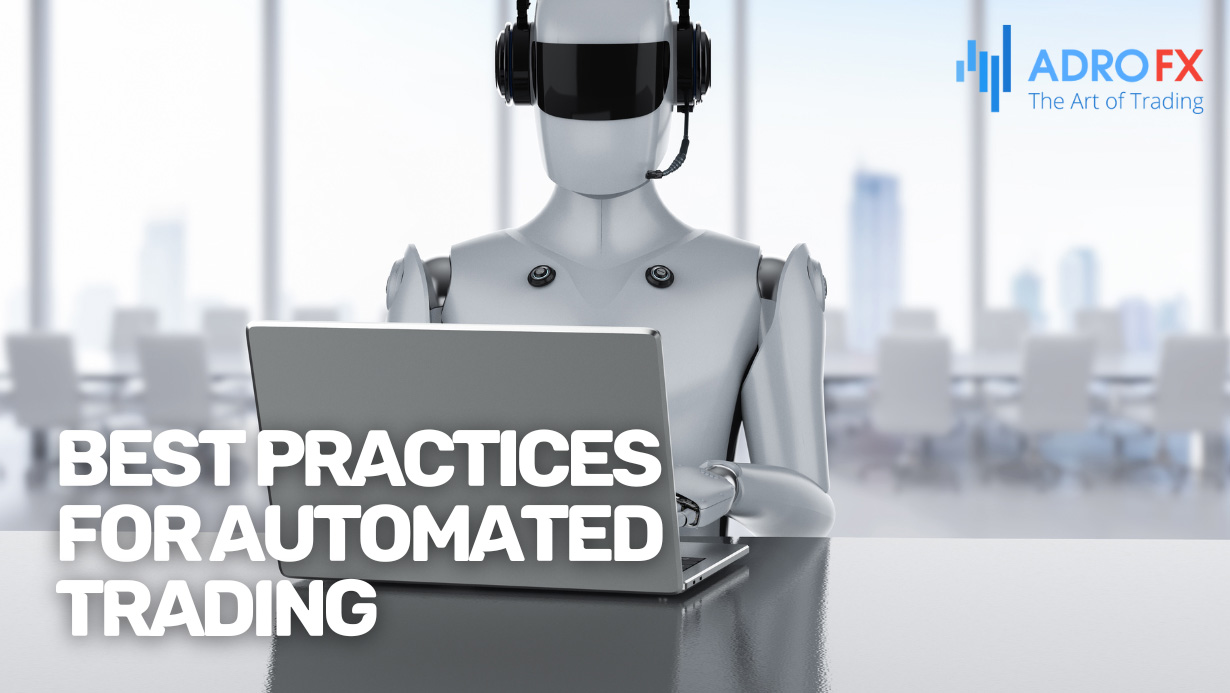
Best Practices For Automated Trading
Achieving success in automated trading requires a thoughtful approach and careful consideration of various factors. Here are some tips to enhance your experience with automated trading:
- Define Clear Objectives
Clearly define your trading goals, risk tolerance, and preferred trading style before implementing automated strategies. Having well-defined objectives helps in selecting or designing suitable trading algorithms. - Understand Your Strategy
Gain a deep understanding of the trading strategy employed by your automated system. Knowing how the algorithm works, its strengths, weaknesses, and the market conditions it performs well is crucial for effective deployment. - Backtesting and Optimization
Conduct thorough backtesting using historical data to evaluate the performance of your trading strategy. Optimize the algorithm based on backtesting results, but be cautious about over-optimization, which may lead to poor performance in real-time markets. - Risk Management
Implement robust risk management parameters within your automated system. Set Stop Loss levels, Take Profit targets, and position sizes to manage overall portfolio risk. Avoid strategies that risk a significant portion of your capital on a single trade. - Diversify Strategies
Consider diversifying your automated trading portfolio by using multiple strategies. This can help mitigate risks associated with relying on a single algorithm and improve overall performance. - Regular Monitoring
Despite the automated nature, regularly monitor the performance of your trading system. Stay informed about any changes in market conditions, news events, or anomalies that may require adjustments to your strategies. - Avoid Over-Leveraging
Avoid excessive leverage, as it can amplify both profits and losses. Implementing conservative leverage ratios can help protect your capital during adverse market conditions. - Keep up with Market Changes
Stay informed about changes in market dynamics, economic indicators, and global events. Adapt your automated strategies accordingly to remain effective in evolving market conditions. - Security Measures
Prioritize the security of your automated trading system. Use secure and reliable trading platforms, employ encryption methods, and keep your trading algorithms confidential to prevent unauthorized access. - Test in Live Markets with Small Capital
Before committing significant capital, consider testing your automated strategies in live markets with a smaller capital allocation. This allows you to assess real-world performance and identify any issues before scaling up. - Continuous Learning
Stay updated on advancements in algorithmic trading, machine learning, and market technologies. Continuous learning and adaptation to new developments can give you a competitive edge in the automated trading landscape.
Remember that while automated trading can offer efficiency and objectivity, it requires ongoing attention, refinement, and adaptability to remain successful in dynamic market conditions.
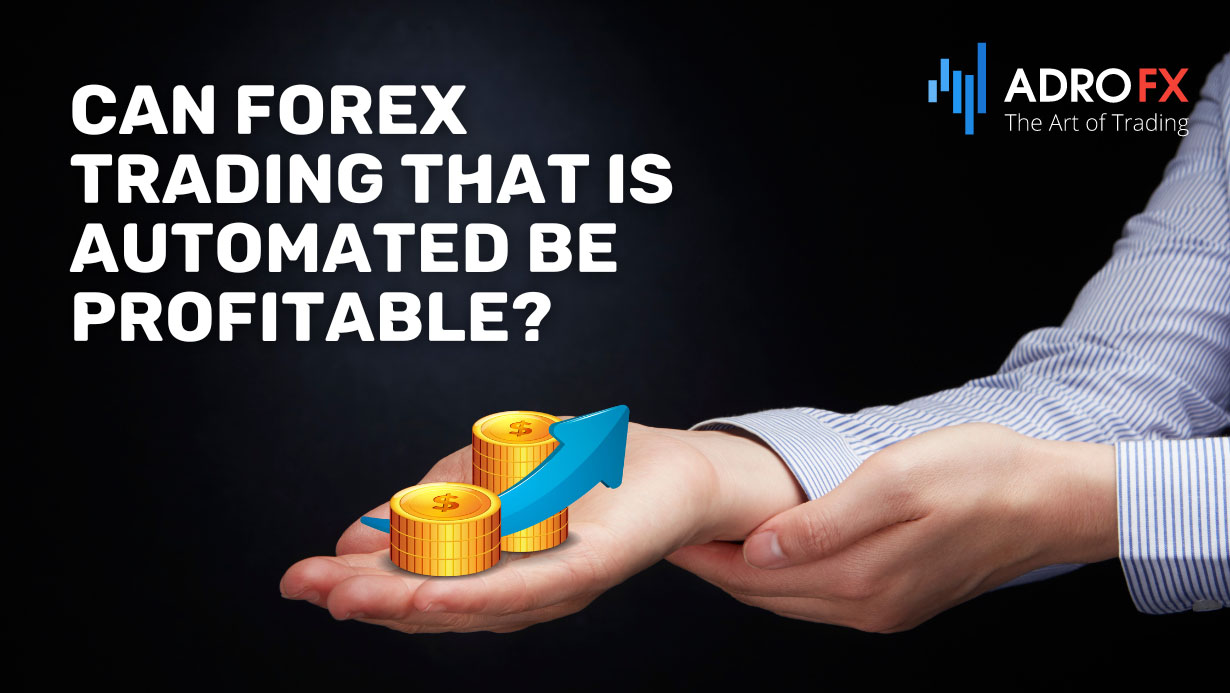
Can Forex Trading That Is Automated Be Profitable?
Yes, automated forex trading can be profitable under the right conditions. Here are some factors to consider for the profitability of automated forex trading:
- Well-Designed Strategy
The key to profitability lies in having a well-designed trading strategy. The automated system should be based on a robust and tested approach that aligns with market conditions. Strategies that are too simplistic or overly complex may not perform well. - Effective Risk Management
Profitable automated trading systems incorporate effective risk management. This includes setting appropriate Stop Loss and Take Profit levels, as well as controlling position sizes. Managing risk is crucial to preserving capital and sustaining profitability over the long term. - Backtesting and Optimization
Thoroughly backtest the automated trading strategy using historical data to assess its performance under various market conditions. Additionally, optimize the strategy to ensure it remains adaptive and effective in different scenarios. However, be cautious about over-optimization, as it may not reflect future market conditions accurately. - Continuous Monitoring and Adaptation
Automated systems should be continuously monitored, and adjustments should be made based on changing market dynamics. Regularly review the performance of the strategy and make necessary refinements to keep it in line with current market conditions. - Diversification
Diversifying automated trading strategies can contribute to overall profitability. Using multiple strategies or trading different currency pairs can help spread risk and improve the chances of sustained profitability. - Broker Selection
Choose a reputable and reliable forex broker. The broker's trading conditions, execution speed, and slippage can impact the performance of automated trading systems. Ensure that the chosen broker supports the features and compatibility required by your automated system. - Realistic Expectations
Have realistic expectations about the potential returns from automated trading. While it can be profitable, it's essential to understand that no strategy can guarantee constant profits, and there will be periods of drawdown or losses. - Adaptability to Market Conditions
A profitable automated system should be adaptable to changing market conditions. Markets evolve, and a strategy that worked well in the past may require adjustments to remain effective in the future. - Security Measures
Implement security measures to protect your automated trading system from unauthorized access or cyber threats. Ensuring the confidentiality and integrity of your trading algorithms is crucial for sustained profitability.
It's important to note that automated trading, like any form of trading, carries inherent risks. Traders should thoroughly research and test any automated system before deploying it with real money. Regular monitoring, ongoing refinement, and a deep understanding of the strategy employed are essential for maintaining profitability in the dynamic forex market.
Conclusion
In conclusion, automated robot trading in forex offers undeniable advantages, providing efficient and emotion-free trading opportunities. The benefits include swift and 24/5 trading, consistency, backtesting capabilities, and reduced human errors. However, it is essential to acknowledge the associated disadvantages, such as the risk of over-optimization, lack of adaptability, potential technical issues, and the absence of emotional intuition. Traders can enhance their automated trading experience by implementing best practices, defining clear objectives, understanding their strategies, and staying informed about market changes. While automated trading can be profitable, it requires ongoing monitoring, adaptation, and a realistic understanding of its limitations.
About AdroFx
Established in 2018, AdroFx is known for its high technology and its ability to deliver high-quality brokerage services in more than 200 countries around the world. AdroFx makes every effort to keep its customers satisfied and to meet all the trading needs of any trader. With the five types of trading accounts, we have all it takes to fit any traders` needs and styles. The company provides access to 115+ trading instruments, including currencies, metals, stocks, and cryptocurrencies, which make it possible to make the most out of trading on the financial markets. Considering all the above, AdroFx is the perfect variant for anyone who doesn't settle for less than the best.
